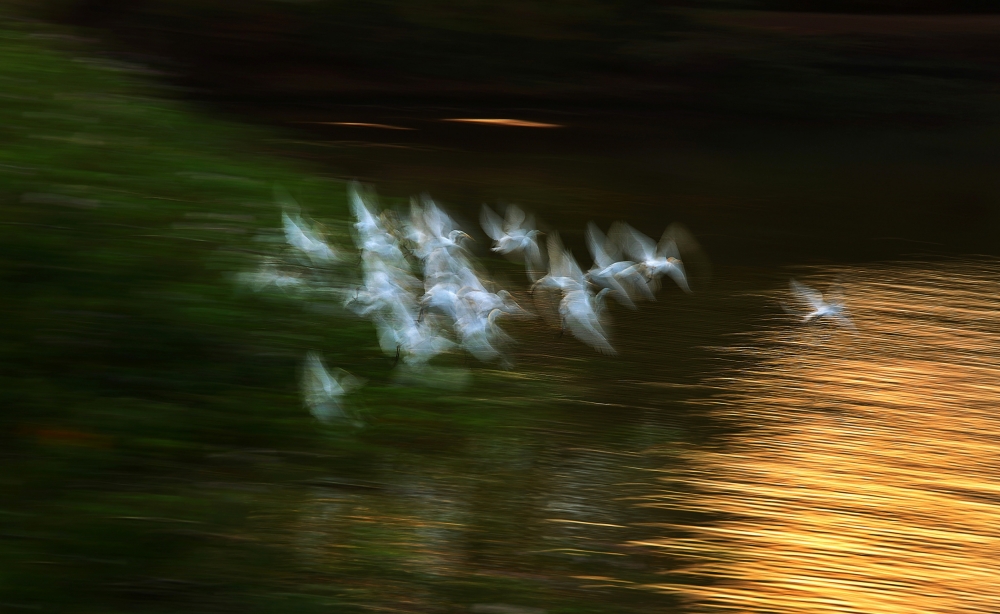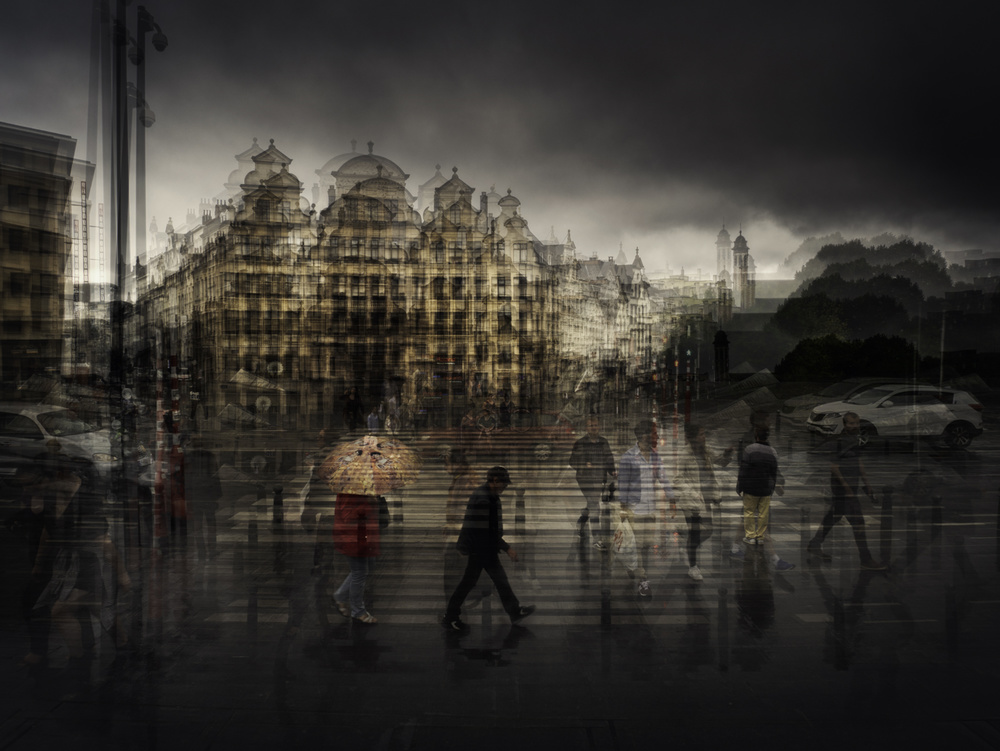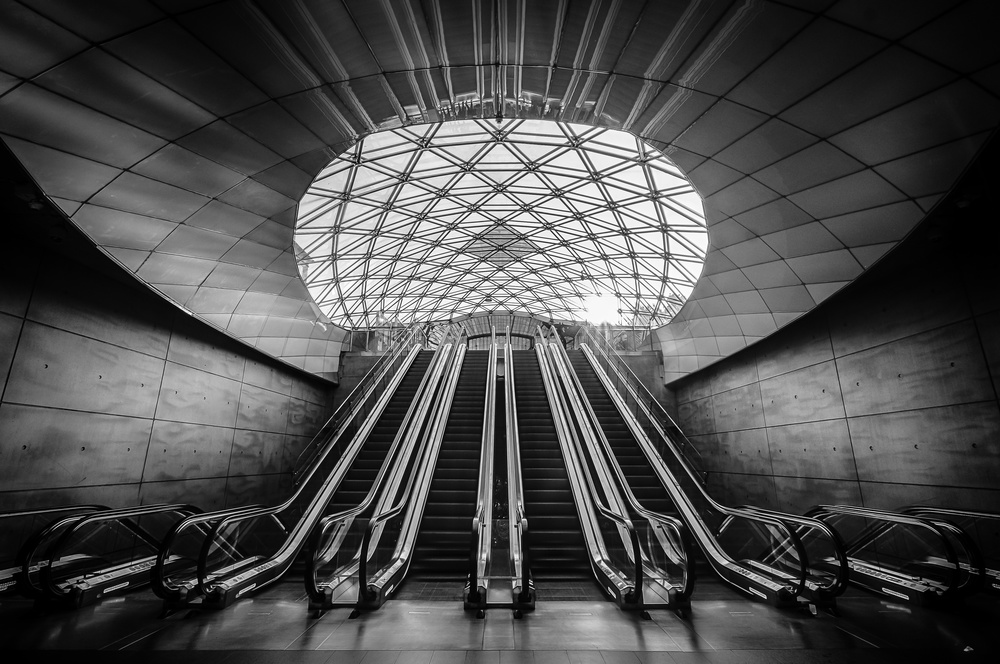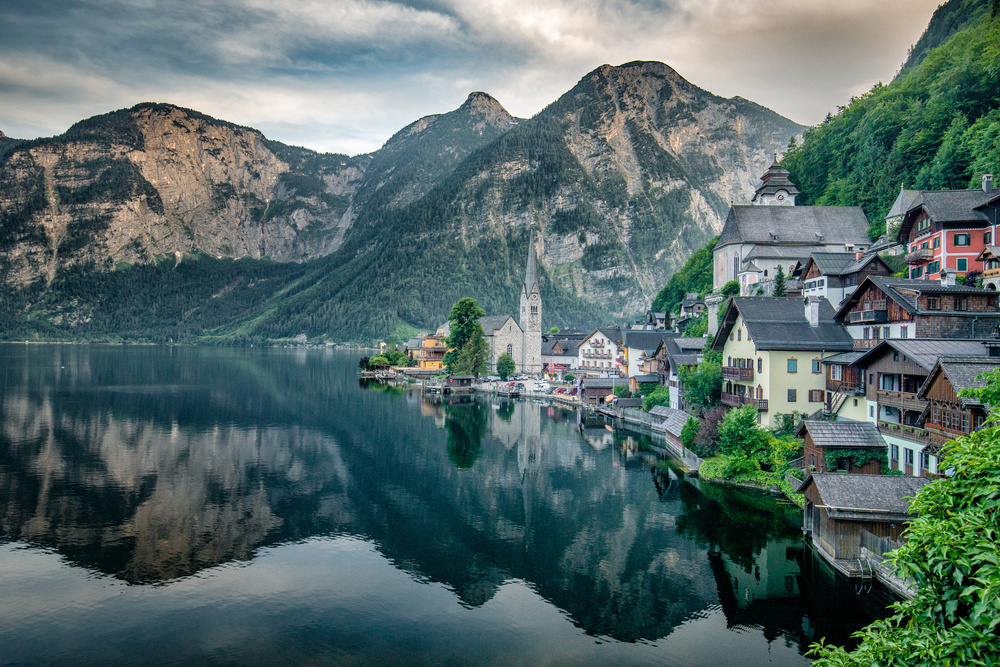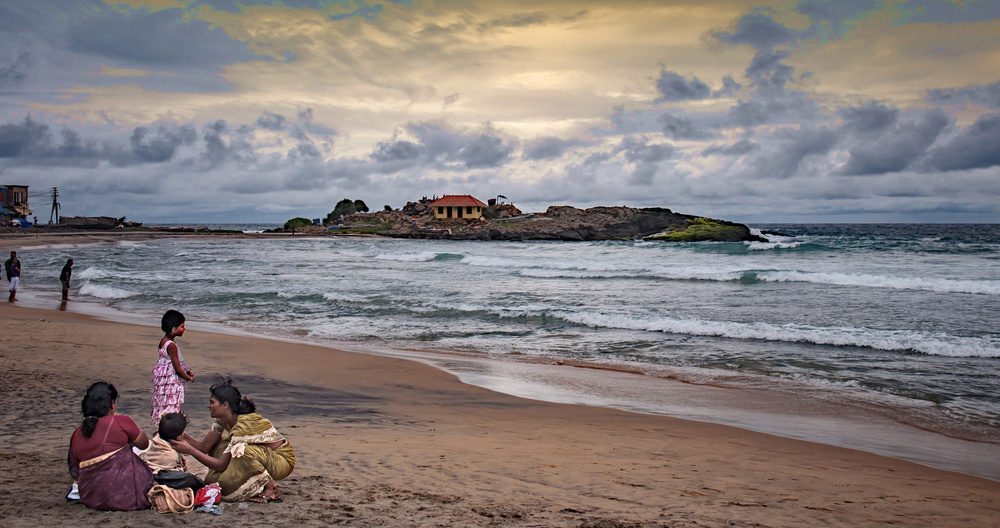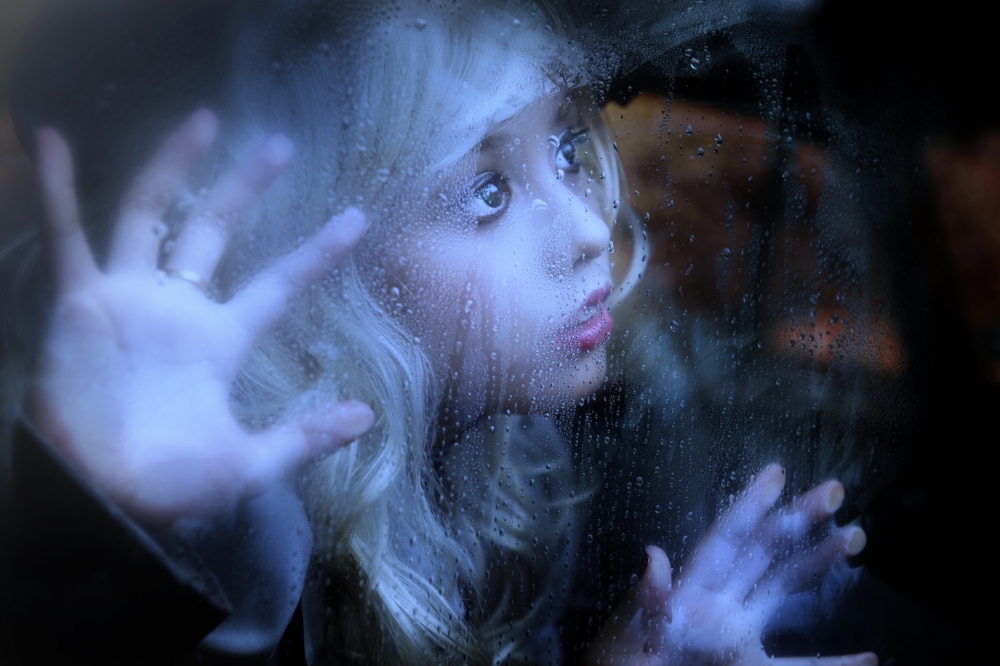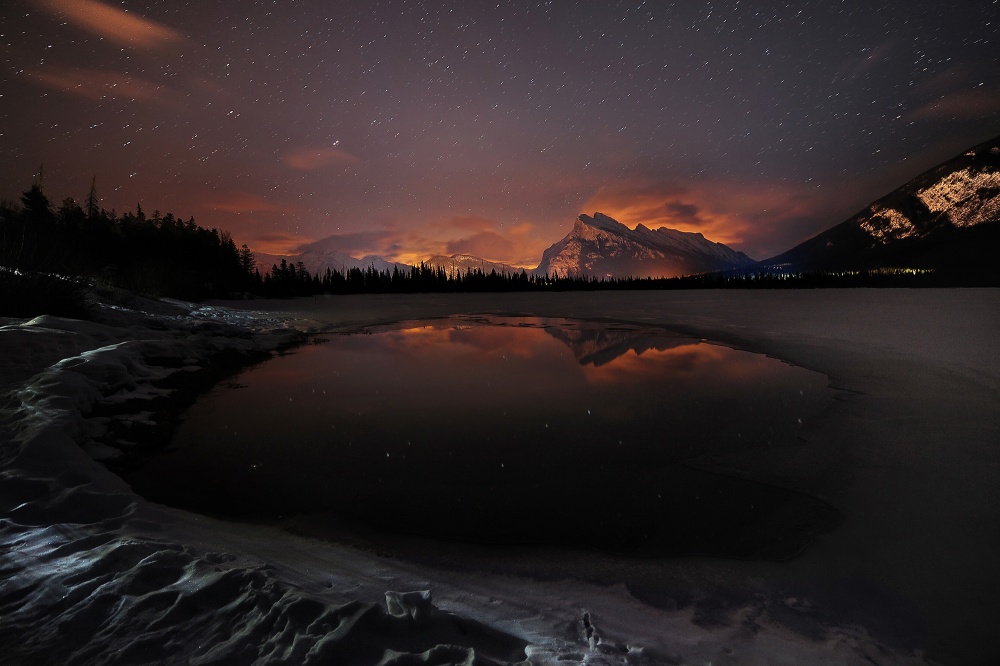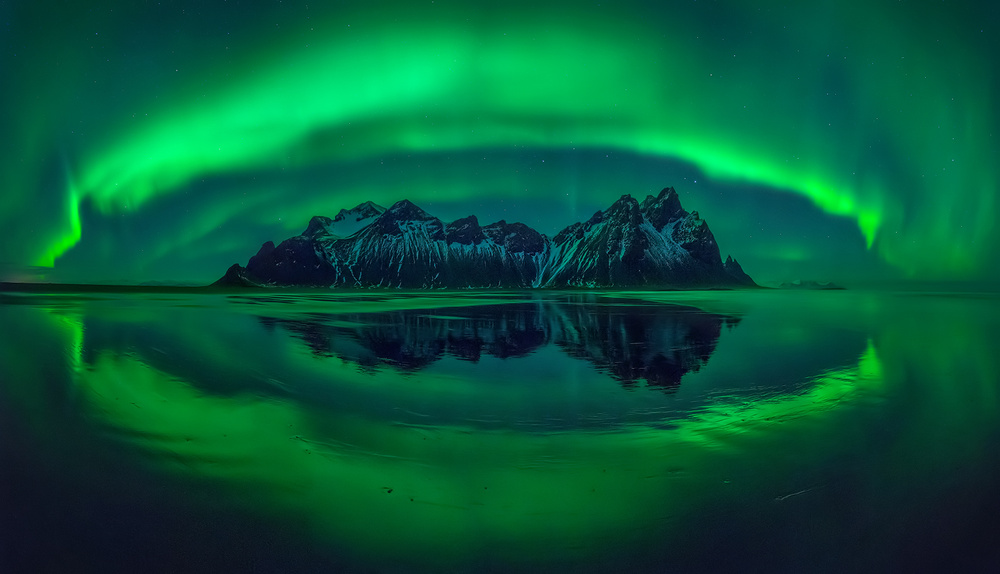Tips & Tricks
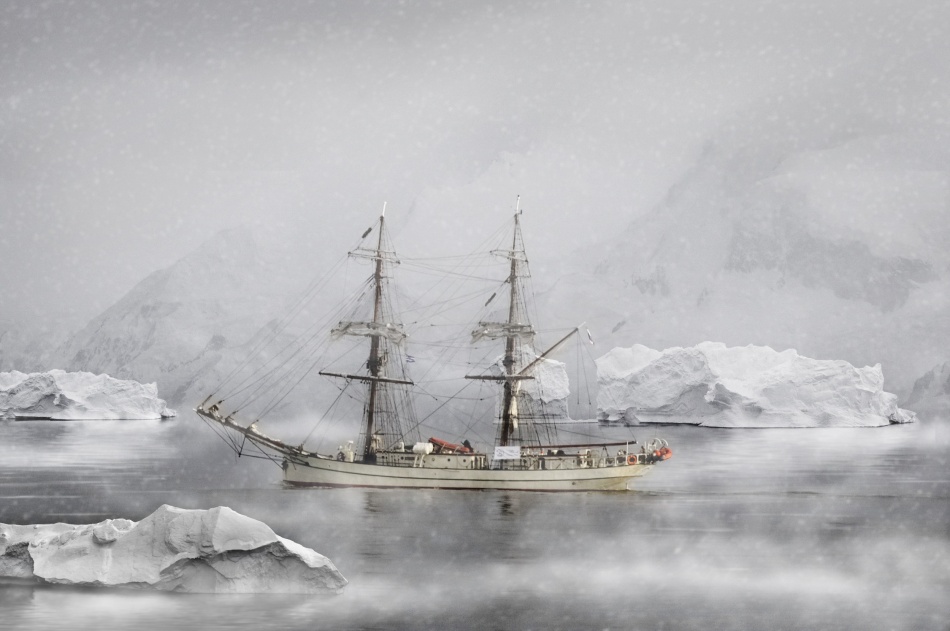
Waterways
1x Blog-Tips & Tricksby Editor Miro Susta
The water is covering two-thirds of the Earth, water brings life to our planet, and it is very important to our everyday life; can you imagine green meadows or blue sky without water?
But beside of this, waterways are one of most efficient “highways” for moving goods and people across lakes, seas and oceans as well as on the rivers.
Transport on water is one of the oldest forms of people and goods transportation. Goods can be transported on water in larger cargo volumes than on the land, so most cities, as centres of trade, were built near large rivers or the sea shores.
Efficient and faster moving on the rivers, lakes and coasts to the world's oceans, however, came out at a time of great geographic discoveries.
The transition from sailing ships to steam ships took place in the last quarter of the nineteenth century.
Lake, river and coastal shipping became very important in landlocked, coastal and island countries and areas.
This is a last part of the Transportation quadrilogy “Railways, Roads, Air Transportation and Waterways”, concentrated on transportation and life on water supplemented by selected photos from 1x gallery along with some of my images. Many thanks to all contributors.
Commercial ships and boats for personal transportation
Merchant cargo ships & boats
Military ships
Fishing boats & vessels
Sailing boats & ships
Ship wrecks
Life on water
Final thoughts about water transportation
Already during the Stone Age primitive boats were used to sail along rivers and in the lakes mainly for fishing.
It is believed that boats capable of longer voyages by sea were necessary for the settlement of Australia, New Zealand and some of the pacific Islands around 40 thousand years ago.
With the development of civilization, rowing boats have been used to trade and during wars.
In the Mediterranean, the rowing boats were already used around 3,000 BC, but they were not suitable for longer voyages.
In the 13th century, multi-masts sailing ships, called caravels, powered by wind & sails came in to service for long-distance cruises by sea.
In the middle of the 19th century, the fastest ships were clips that sailed from Britain and the USA to China and Australia.
Wooden hulls were usually wafted with copper serving as a shield against worms. Later types were constructed as mixed-body hulls, with steel ribs and wooden rinsing, later all made of steel.
Also, the number of masts has grown: a typical 19th-century freighter has become multi-track, all-metal ships.
The first major historical milestone for the development of water transport was the invention of the water chambers in the Italian Renaissance between 1439 and 1443 in Viarenna on the Naviglio Grande Canal in northern Italy following by the industrial revolution, which sparked an explosion of transport demands using the revolutionary invention of the steam engine.
The present, most modern naval vessels have the so-called diesel-electric drive, which means that diesel engines are powered by generators that produce electricity, and it is then fed through the main substation to the individual electric propulsion of the ship.
However, we can still see plenty of sailing ships and boats as well as steam powered vessels on the waters around the globe, just take your camera and catch them.































